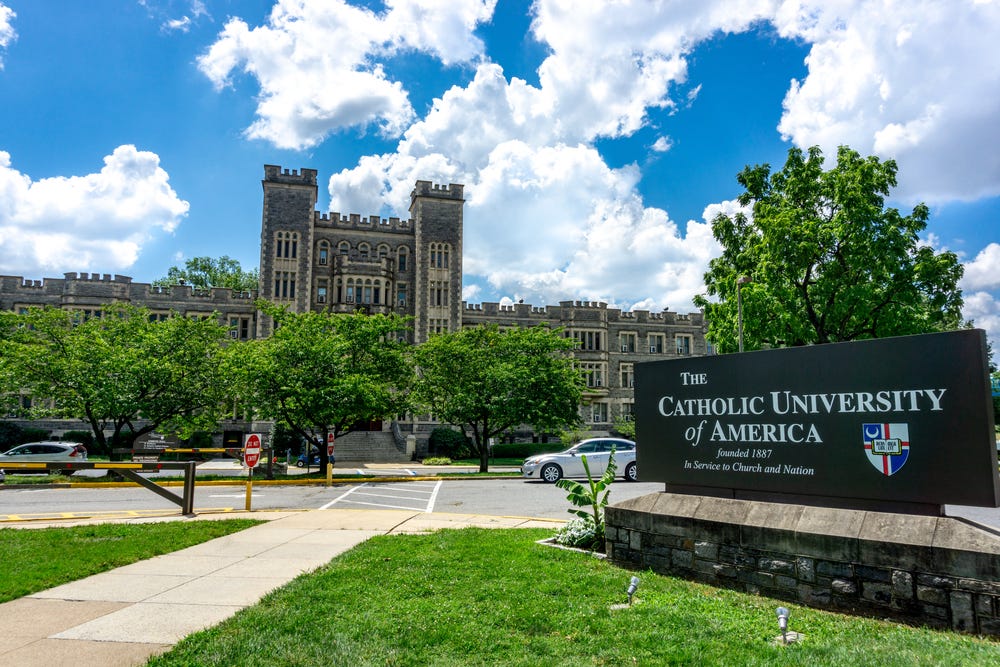Most of the 221 Catholic colleges and universities in America are small campuses with regional footprints, whose names are mostly unfamiliar outside their regions, unless they have a tendency to play deep into the March Madness tournament each year.
But mention some Catholic colleges and universiti…

